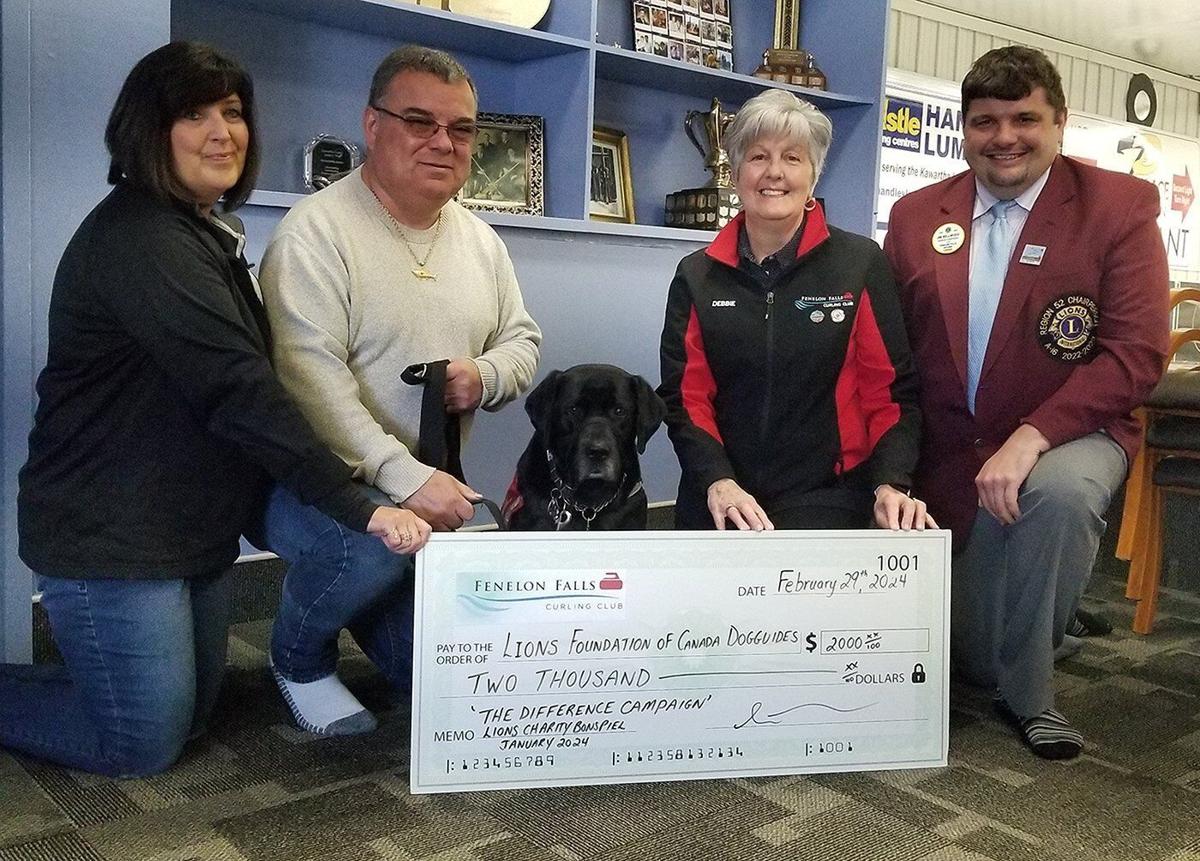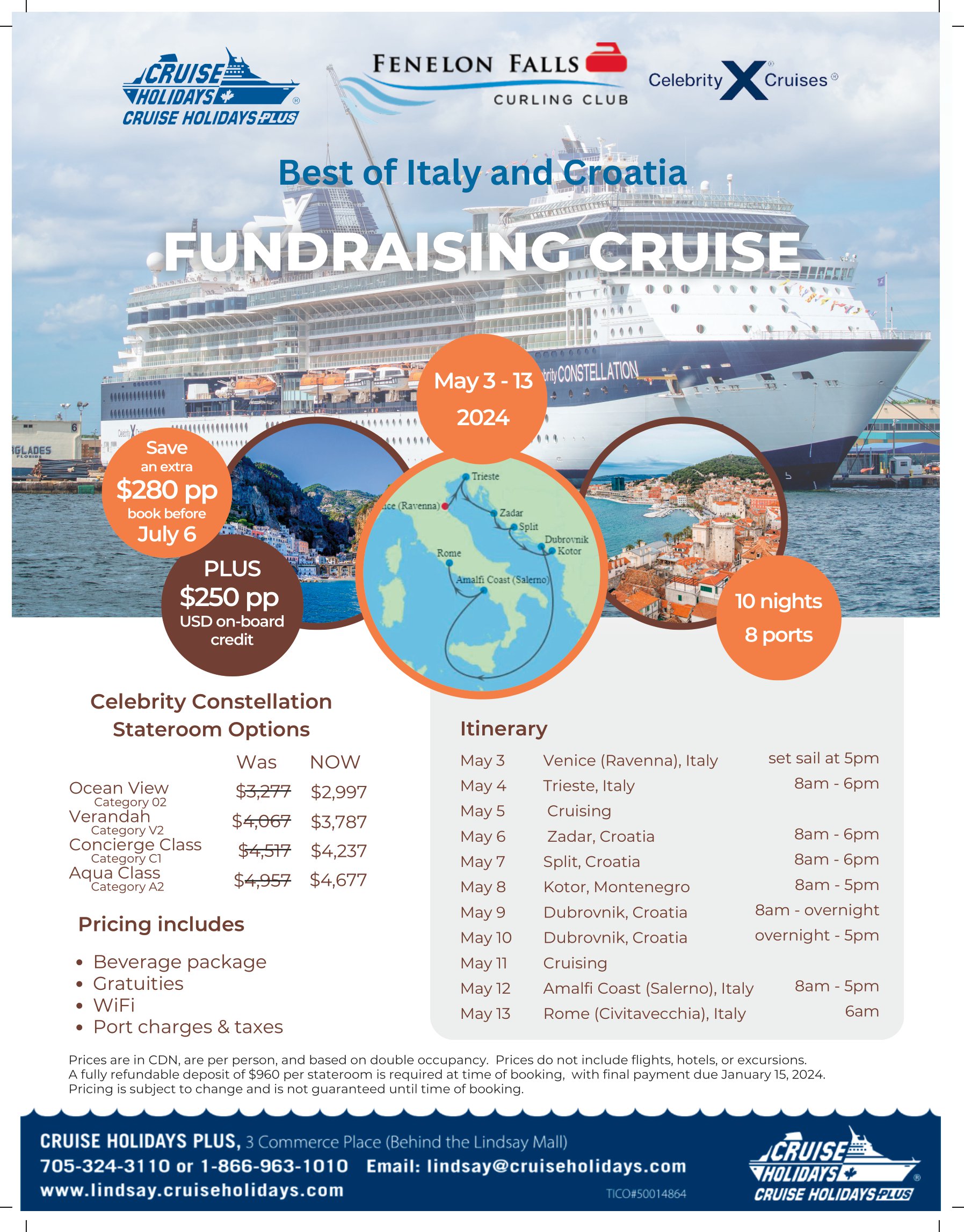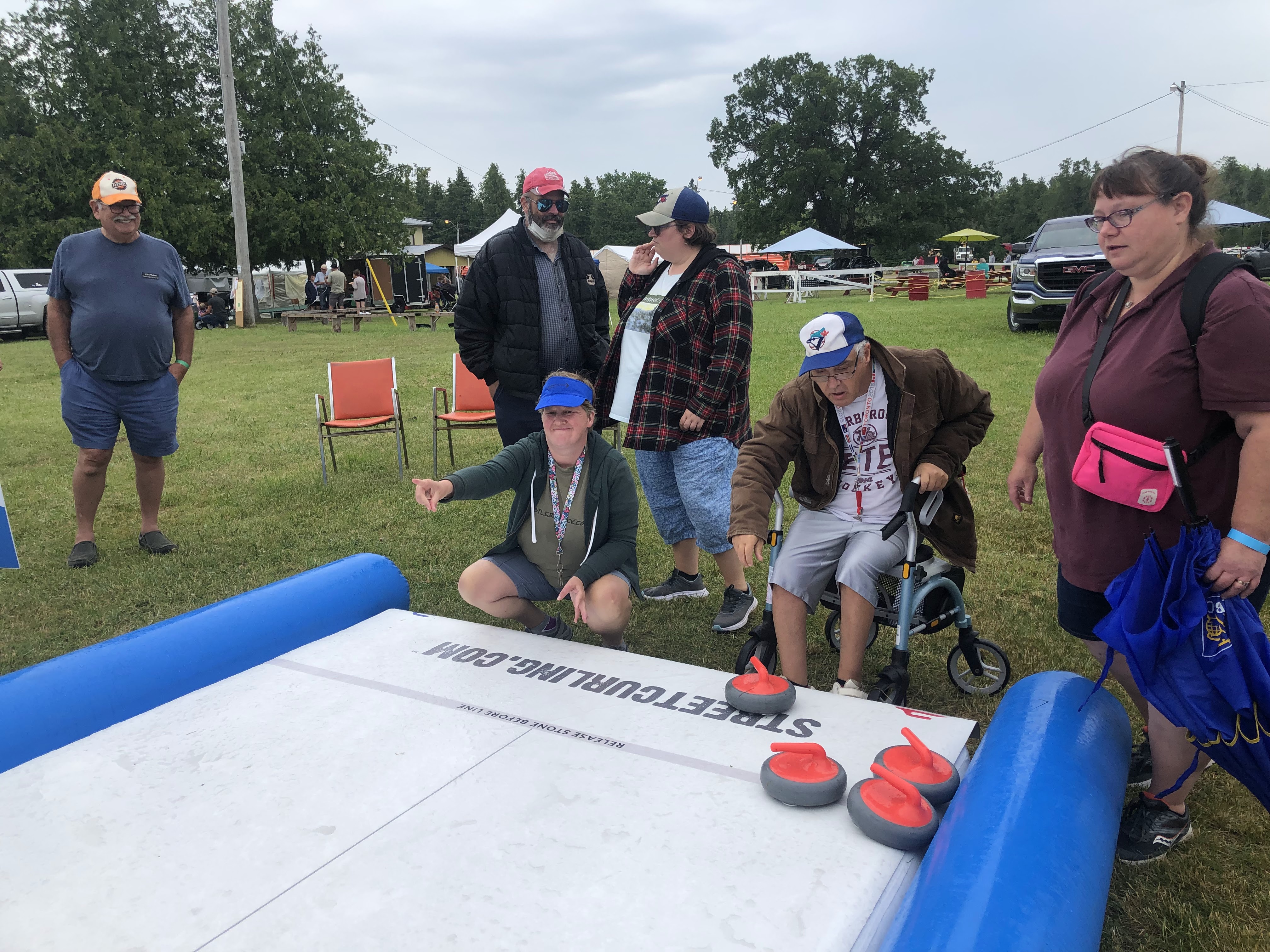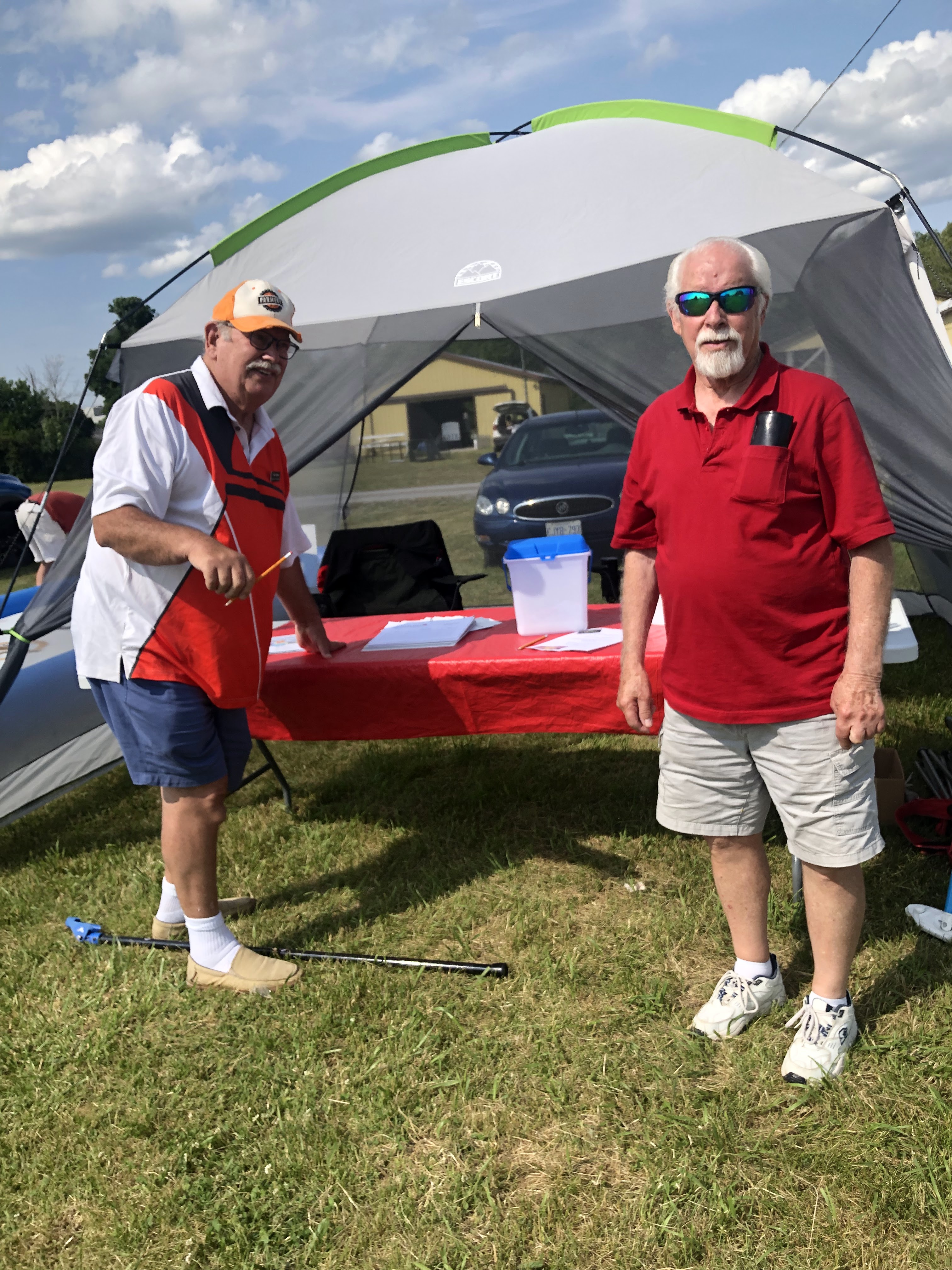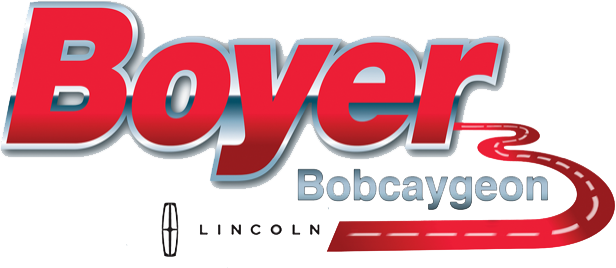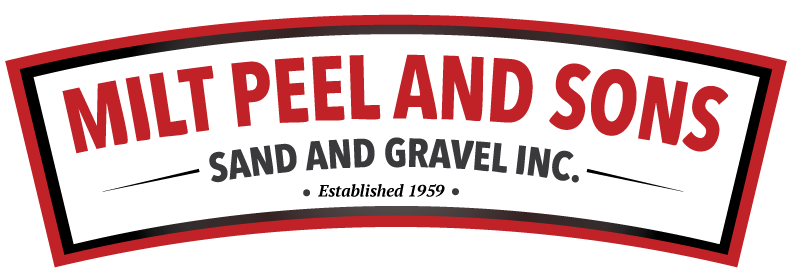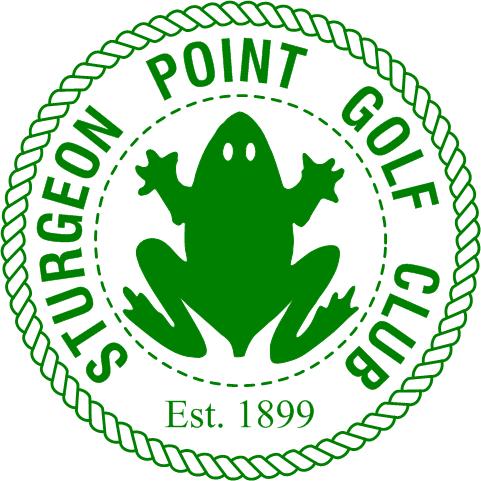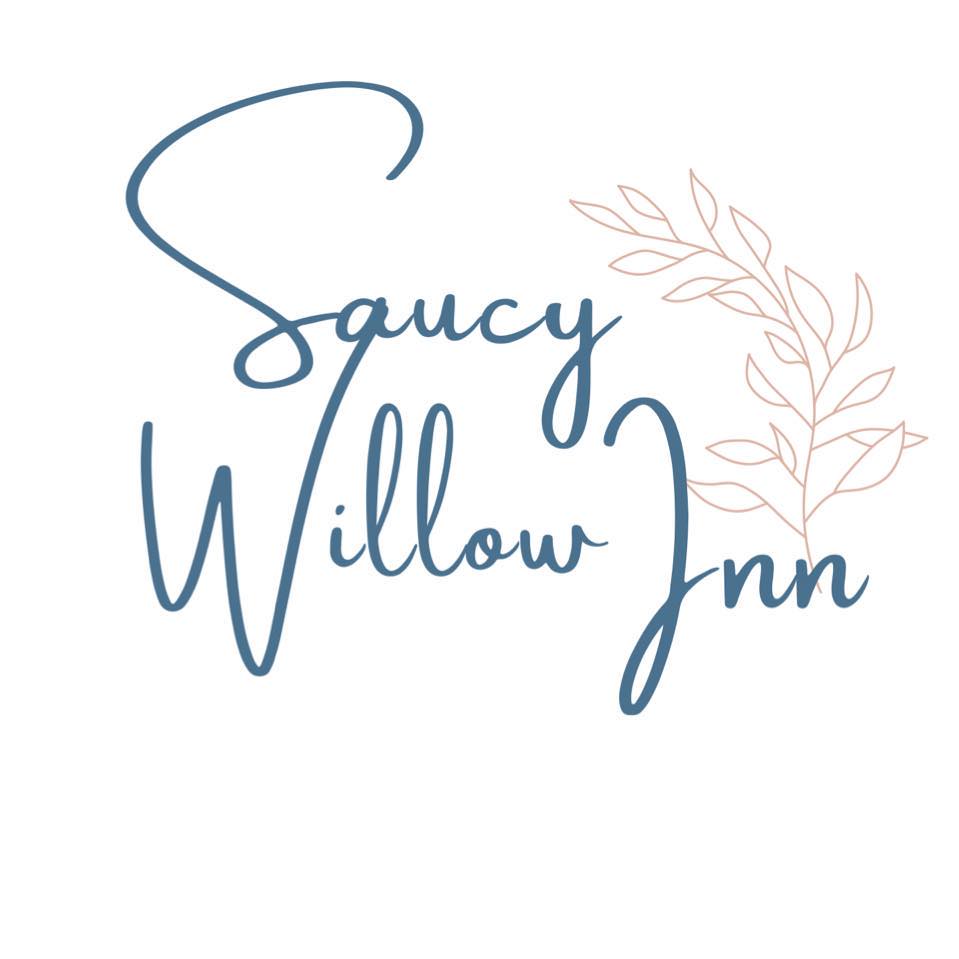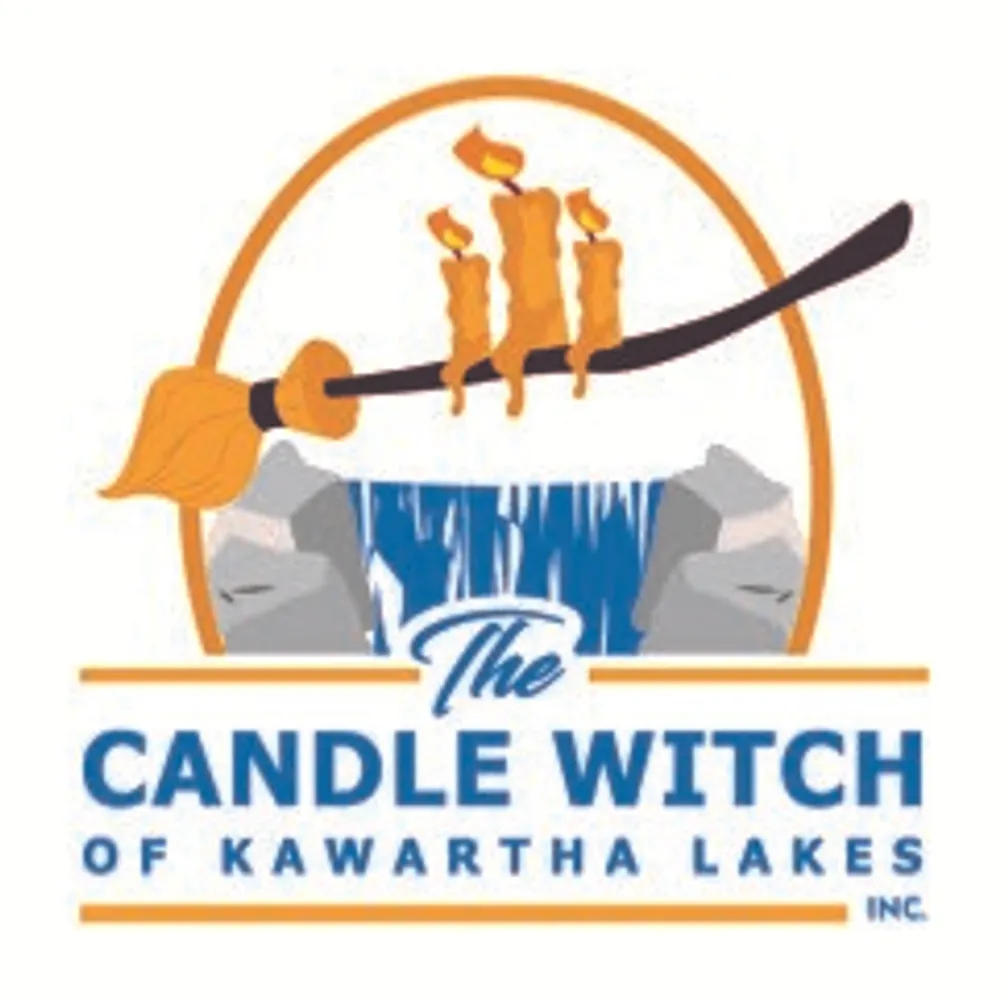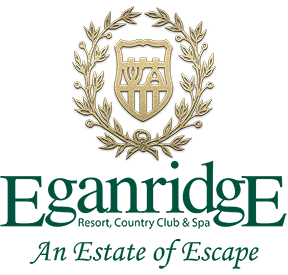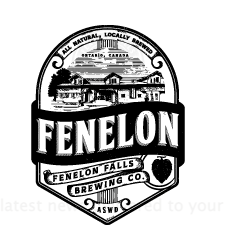The Fenelon Falls Curling Club had the great honour of being part of the 120th “Scots Tour to Canada – Strathcona Cup” on Sunday, January 22nd. This year fifteen teams (60 Scots) arrived to play 350 games all across Canada. Eighty five curling facilities and 1400 Canadian Curlers will get to play against the Scots.
The day began with the Scots being piped into the curling facility by piper Brian Gowan, under an arch of brooms. Mayor Doug Elmslie kicked off the opening with a warm welcome to our guests, followed by a delightful Gaelic “Hello” from Councillor Mike Perry. The curlers were then piped out onto the ice with flag bearers of the Scottish and Canadian flags. The Scots were in terrific voice as they sang their very moving national anthem “Flower of Scotland”. Our curlers then sang a rousing acapella rendition of “Oh Canada”. The curlers then met in the middle of the ice exchanged pins, shook hands and the games began.
After the 4th end, the curlers stacked their brooms together on the ice, and returned to the lounge for a wee dram and toast of “Forty Creek Copper Pot Canadian Whiskey” for the Scots, and “McLelland’s Islay Single Malt Scotch” for the Canadian competitors. With a renewed pep in their step, they all returned to the ice for another 4 ends. Throughout the games, fans cheered, did the wave and had almost as much fun as the players.
The Scots dominated the rink with three wins, but place erupted with a win by the FFCC team of Mike Janveaux (Skip), Greg Young (Vice), Jeff Greenlee (Second) and Bruce Jepson (Lead). Skip Mike Janveau of the winning Fenelon Falls team said “It was the most exciting curling event I have played in. Never in my life did I expect at my age to be able to participate in an international event such as the Strathcona Cup. My opposing skip told me that Fenelon Falls Curling Club had the most enthusiastic and fun group of fans they had witnessed.”
A delicious homemade lunch of Canadian fare including butter tarts was served to our guests. The Fenelon Falls Brewing Company brewed a special “Scottish Ale” for the Strathcona. This brew was also distributed to other clubs in Ontario hosting the event, featuring all the participating club logos on the cans. The Scottish participants were very touched with this gesture of Canadian hospitality. After lunch The Trent Severn waterway did a presentation about the lock system which was well received. A representative of the Scottish team then thanked the club and all the volunteers for their warm Canadian hospitality. With a round of handshakes and farewells, our guests where off on their way to Lakefield for the next game!
The Fenelon Falls Curling club would like to thank Greg Young and his team of volunteers for convening this wonderful event, and Bill Baker, Central Chair of the Strathcona Tour for making this day possible.
Please click on the link to view a short video of the morning festivities provided to us by Kirsten and Andrew Meehan.
https://youtu.be/XAinnUEJRTs
